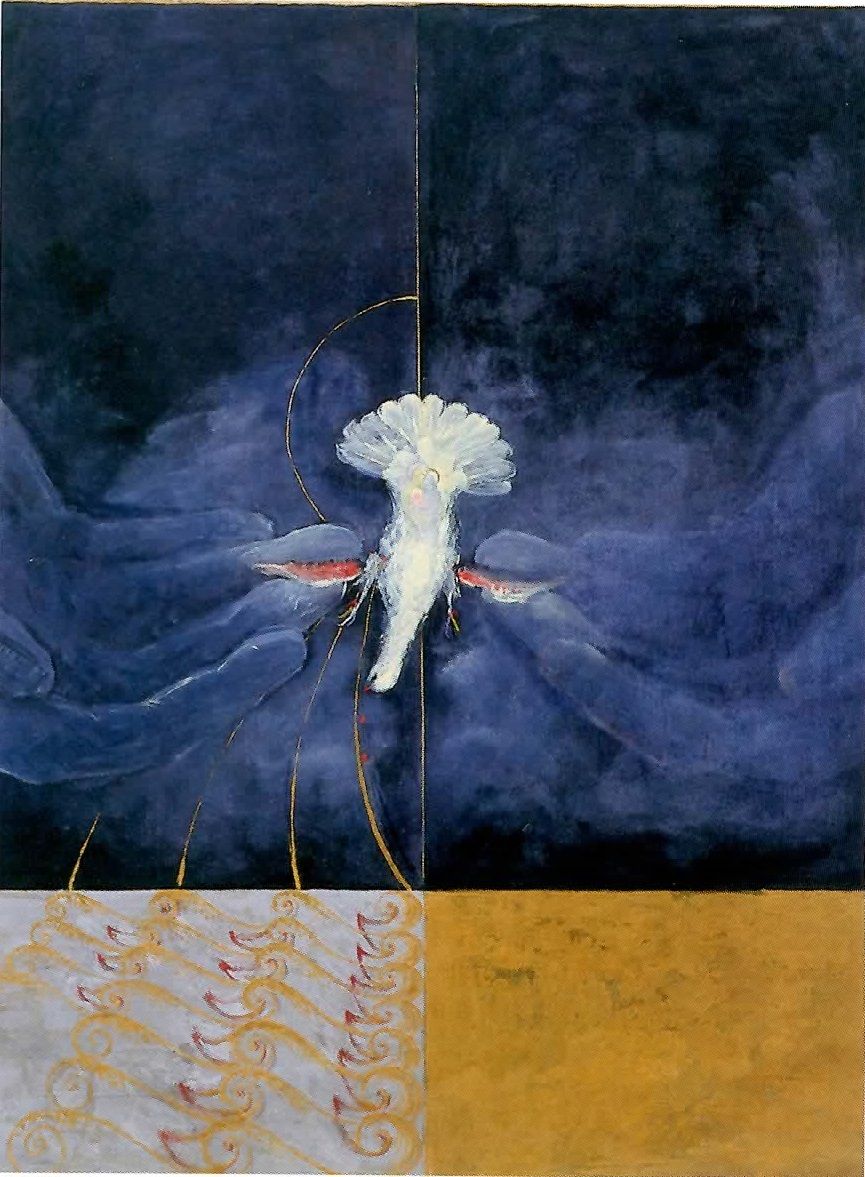
Around 140 BC the final version of the Tanakh, known as the Old Testament in the Christian Bible, was completed by Simon Maccabeus Now, the philosophy of fear of God, segregation, and holy war began to spread among his new people.
Simon Mackabeus had intended that the prophecies about the divinely appointed priest-king, the Messiah, in the books of the prophets Jeremiah and Isaiah should be interpreted as referring to him and his descendants.
But, as can be understood from the so called Sectarian material among the Dead Sea Scrolls from Qumran, a group of the people eventually began to wait for the prophecies of the Messiah to be fulfilled by a divine being. This group separated from the ruling Maccabean party in Jerusalem around 100 BC. They were called the Pharisees (the separated) and they called themselves Jahad, the congregation.
This fundamentalist religious movement was the original Christians. They fought to prepare the way for the Messiah for more than 200 years, until they were finally wiped out in the third Jewish war which raged between 132 and 135 BC.
One branch of the Jahad were called the Sicarii. Just before the war against Rome started in the year 66, the Sicarii hid both the scrolls from the temple in Jerusalem and their own library in caves in Qumran.
In the library of the Sicarii there were texts dating from the birth of the Jahad around 100 BC, including the first Community rule (1QS), and until the first war against Rome. These texts are sometimes called "the Sectarian material".
The Temple Scrolls and the library of the jahad lay hidden in the caves until 1947 when they were discovered and eventually came to give insight into both the creation of the Tanakh (OT) and the philosophy of the Jahad (the first Christians). These texts are now called the Dead Sea Scrolls.
From the Dead Sea Scrolls it is shown that the philosophy of the Jahad was characterized by the fact that they:
• believed in a divine power in the form of the Messiah who led them
• saw themselves as God's chosen people and the sons of the light
• saw all others as the sons of the darkness and as sinners who were led by Belial (Satan) and would be sentenced to burn in the eternal fire
• used baptism in water for purification and for union with the Holy Spirit
• not were allowed to have any contact with those who had been expelled from the congregation
• formed groups of twelve led by a Master
• shared holy meals where bread and wine were the sacraments that the Master (priest) stretched out his hands over and blessed
• believed in the resurrection of the physical body
• preferred to die as martyrs rather than to compromise with the religious laws
• believed in one last big war that would prepare the way for the coming of the Messiah to the earth and an eternal kingdom of God with Jerusalem as the centre
• believed that they lived in the last days before the apocalyptic war and the arrival of the Messiah
• finished their prayers with "Amen".
Jahad fights with the Maccabees and Herod
Ca 140 BC
• The warriors who for more than two hundred years fought the Holy War to prepare the way for the Messiah were for example called Jahad, Hasideans, Pharisees, Notzrim, Sicarii and Zealots. But they all belonged to the same persistent movement that the Romans, according to Tacitus and Suetonius called Chrestiani.
• The texts that were hid in the caves of Qumran are composed of two main groups: one group with biblical texts from the Tanakh (the Old Testament) and another group containing the so-called sect material.
• The so-called sect material contains documents that give a picture of the philosophy and structure of Jahad from around the year 100 BC, and up until the time just before the first Jewish war that started in the year 66.
• Because the biblical texts and the sect material were mixed in the caves of Qumran, they must have been placed there simultaneously and by the same group, just before the outbreak of the first Jewish war.
• The only ones that had the motive to hide the library from the temple in Jerusalem together with the library of Jahad in Qumran, were the Sicarii who valued the sacred books higher than their own lives. The Sicarii wanted to protect the books from the last apocalyptic war against the Romans that they were preparing for. The Sicarii (Jahad) were also the only ones who had the means and the opportunity to hide the library from the temple in Jerusalem together with Jahad's own library in Qumran. They had seized the power in the temple during Manahem's time as leader, and could lay hold of the books there. They had of course access to their own library, and they had a stronghold in Qumran during the critical period.
• Jahad's texts from Qumran show that Jahad fought to realize precisely those prophecies in the form of the Star Prophecy, Isaiah's Prophecy and Psalm 22, which in the Christian gospel Jesus is said to have fulfilled.
• Jahad's texts from Qumran show that they had exactly the same beliefs as were passed on in Roman Christianity. But since they preceded Roman Christianity with more than 200 years, they were the first and original Christians.